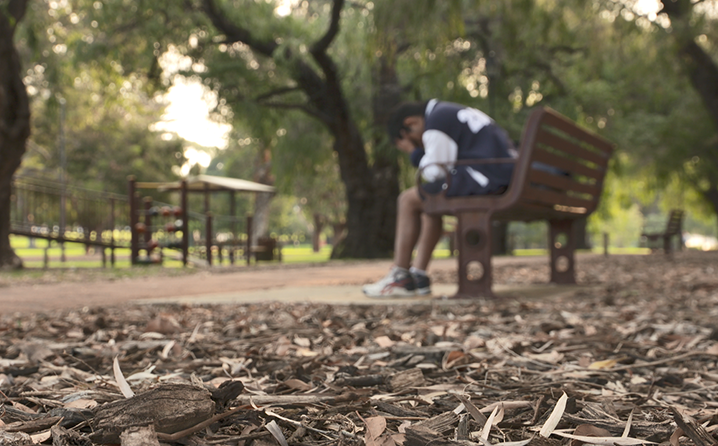Search
Research
The psychosocial burden of childhood overweight and obesity: evidence for persisting difficulties in boys and girlsOverweight and obese children reported greater psychosocial distress than healthy weight children, and these differences were more pronounced for girls than boys.
Research
Bullying Prevalence Across Contexts: A Meta-analysis Measuring Cyber and Traditional BullyingBullying involvement in any form can have lasting physical and emotional consequences for adolescents.

News & Events
Friendly Schools goes from strength to strengthWhat began as a small formative research project 20 years ago has grown into a universal bullying prevention and social skills development program which has helped countless Australian children and their families.

News & Events
What are the signs my child is being bullied?More than half of all children who are bullied do not tell anyone.
Research
The moral domain in peer relationships: opportunities for interventions to prevent bullyingPrevious research has focused on identifying the association between moral dimension and bullying behavior, with an emphasis on better understanding the complex processes that children and adolescents trigger during decision-making in immoral situations. However, advances in research on morality and bullying have not been paralleled by the design of intervention programs that promote moral competence. The aim of this chapter is to analyze the moral dimension as a key intervention in the design of holistic models for preventing bullying and promoting defending.
Research
Strategies for coping and dealing with lateral violence among Aboriginal people living in south-east AustraliaLateral violence, a group of behaviours directed towards people of the same group, is considered endemic among Aboriginal people. Behaviours include bullying, gossiping, isolation or exclusion of certain group members, and challenges to one’s Aboriginal identity. Lateral violence impacts all aspects of one’s life. Due to its pervasiveness, this qualitative study investigated strategies employed by Aboriginal people to deal with lateral violence.
Research
CybersafetyEven in the safety of their home, there are many risky places a child or teenager can visit online. This can be due to the content they see, who they come into contact with, and personal information they share.
Research
A social-ecological framework for understanding and reducing cyberbullying behavioursWhile the CFS findings suggest the combined whole-school response to the mediators was somewhat effective, the study wasn't able to determine the relative...
Research
Family Involvement in a Whole-School Bullying Intervention: Mothers’ and Fathers’ Communication and Influence with ChildrenThese results highlight the importance of working with both male and female caregivers when addressing children’s bullying behaviour.
Research
Efficacy of the Aussie Optimism Program: Promoting Pro-social Behavior and Preventing Suicidality in Primary School Students. A Randomised-Controlled TrialAussie Optimism Program with teacher training along with coaching may have the potential to positively impact on suicidality and pro-social behavior in the pre-adolescent years
